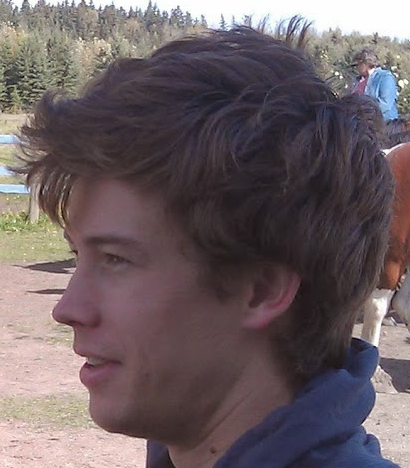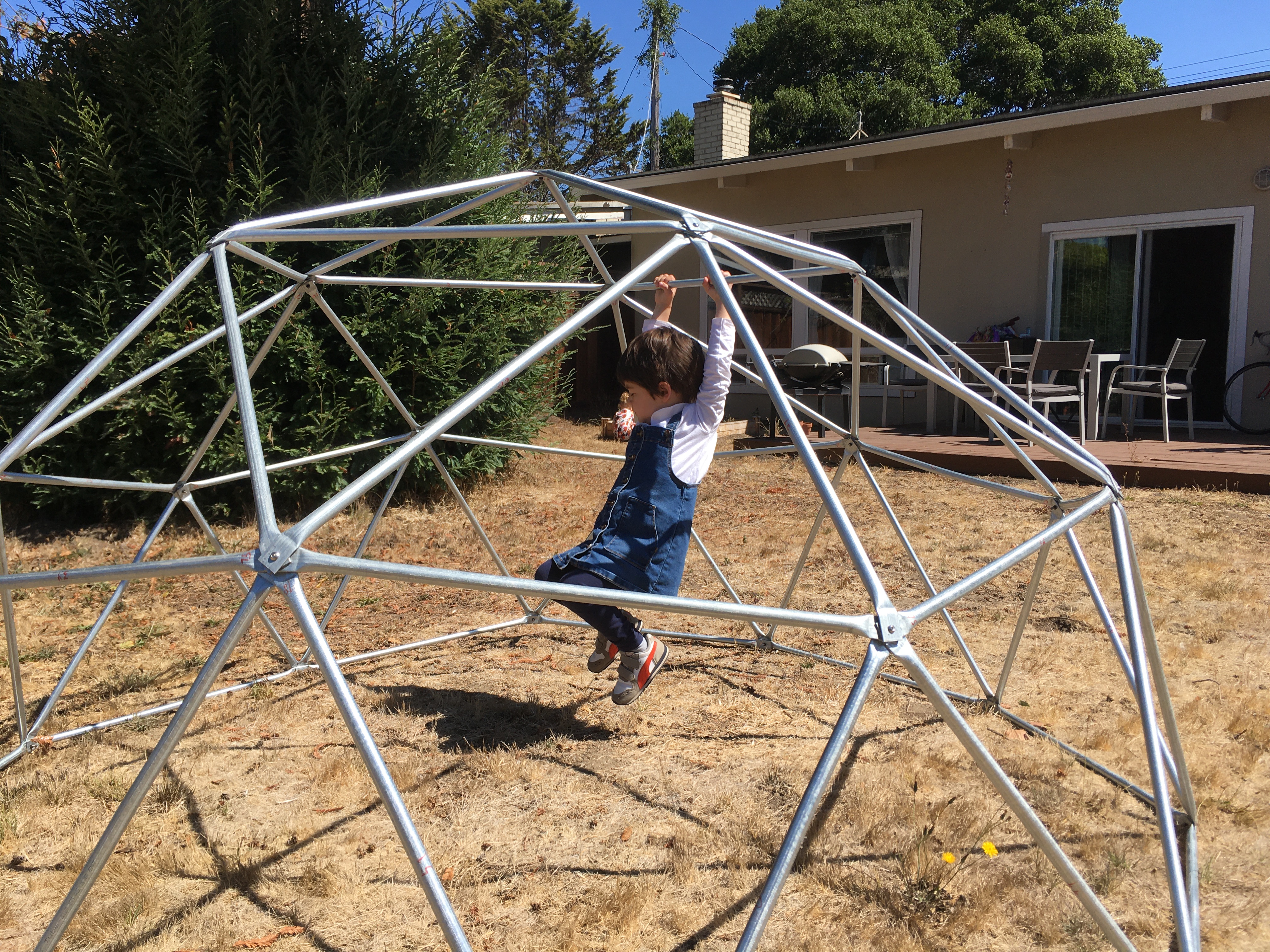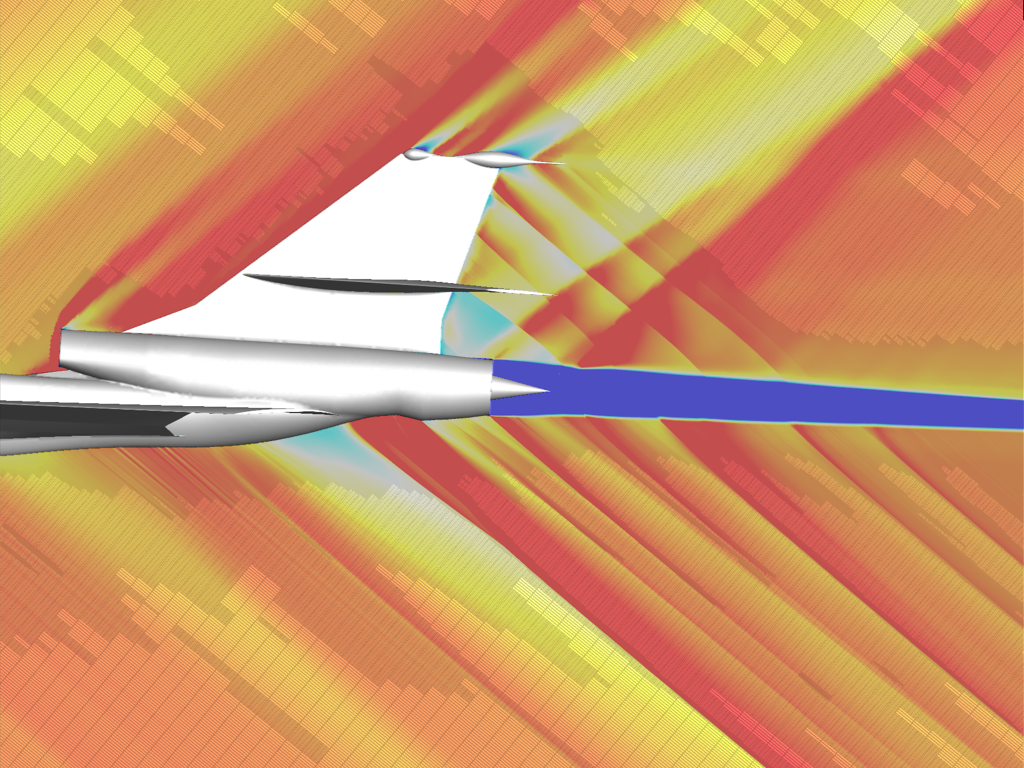
Welcome to my homepage! When I was young, I loved airplanes, so I became an aerospace engineer. It was a good choice.
I work on physical simulation, analysis, aircraft design, and all the software that enables that. I helped develop a system for autonomous long-line-loiter at a company called Camp Six, and previously worked at NASA Ames as a developer for the Cart3D CFD group.
I've listed various work and academic projects below.
Email: supergra at gmail.com






